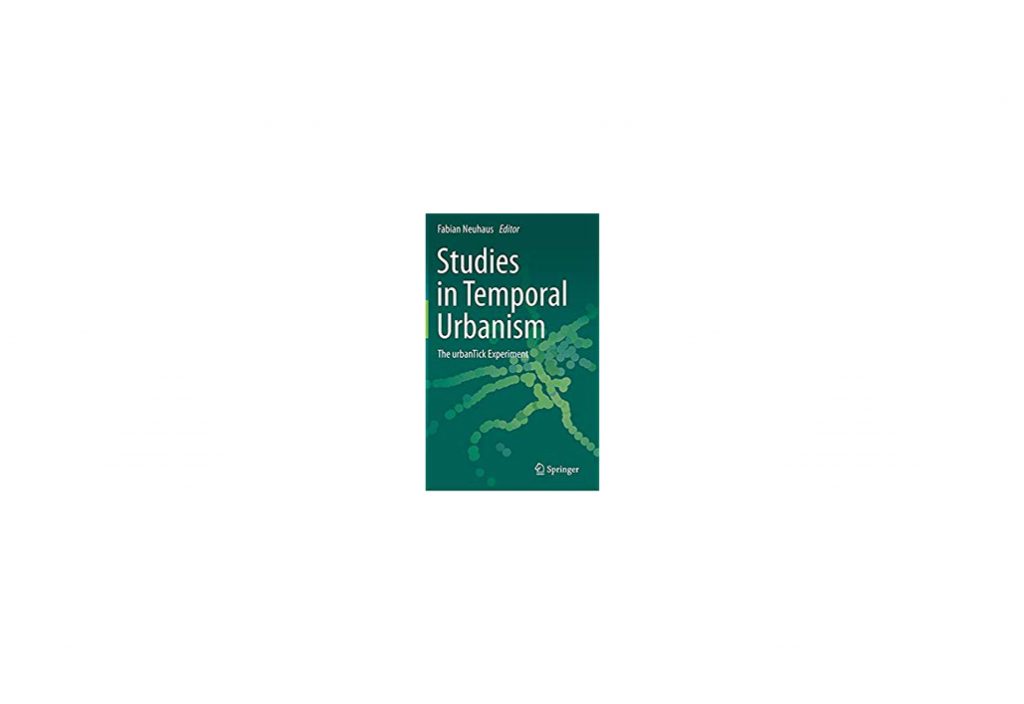The urban Tick Experiment

Zahra Azizi IN Studies in Temporal Urbanism
Editors: Neuhaus, Fabian (Ed.) 2011
This book is very much about what the name urbanTick literally says, about the ticking of the urban, urban life as we experience it everyday on the bus, in the park or between buildings. It is about the big orchestrated mass migration of commuters, the seasonal blossoms of the trees along the walkway and the frequency of the stamping rubbish-eater-trucks. It is also about climate, infrastructure, opening hours, term times, parking meters, time tables, growing shadows and moon light. But most of all it is about how all this is experienced by citizens on a daily basis and how they navigate within this complex structure of patterns. The content of this book is based on the content of the urbanTick blog from 2008 to 2010. One year blogging about this topic brought together a large collection of different aspects and thoughts. It is not at all a conclusive view, the opposite might be the case, it is an exploratory work in progress, while trying to capture as many facets of the topic as possible.
Memory: Collective vs. Individual Narratives
The initiative in this study was to observe the relationship
between memory and our experience of the city bearing in mind the importance of
daily routines. This was studied first at an individual scale using narratives
to explore further how the passage of time contributes to this experience and
how events of the past have an impact on the future of a place; and then on a
collective level to determine features that enable the flourishing of a healthy
social collaborative in cities.
With the city growing and daily routines becoming modernized, it is not new
that people inhabiting cities have become more and more isolated from one
another. The focus therefore must be to create a subconscious basis for
encouraging more social interaction based on very specific narratives. The
inevitable argument, which automatically gets involved, is about the creation
of space and its role in place making: in other words, the way space is
percieved and our definition of it.
